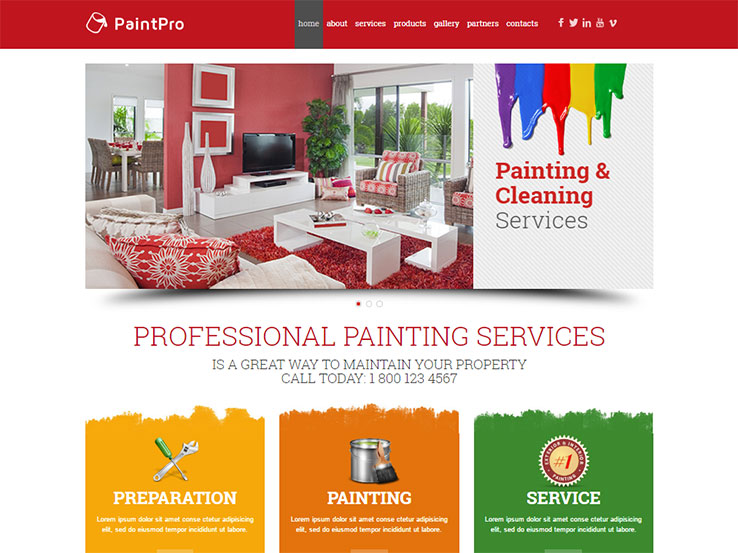Learn About The Ways In Which Seasonal Factors Can Influence The Success Of Business External Paint And Figure Out The Most Effective Times To Achieve Lasting Results For Your Job
Learn About The Ways In Which Seasonal Factors Can Influence The Success Of Business External Paint And Figure Out The Most Effective Times To Achieve Lasting Results For Your Job
Blog Article
Staff Author-Aguilar Rodriquez
When you're preparing an industrial outside painting task, seasonal elements can make or break your results. You'll want to think about just how temperature level and humidity impact paint application and drying out times. Selecting Read Home can ensure your paint adheres properly and lasts much longer. However which periods are genuinely the very best for this kind of job? Allow's explore the key elements that can affect your project's success.
The Impact of Temperature Level on Paint Application
When you're planning a commercial exterior paint job, the temperature can substantially impact just how well the paint sticks and dries.
Preferably, you wish to repaint when temperature levels range in between 50 ° F and 85 ° F. If it's as well cold, the paint may not treat correctly, resulting in problems like peeling off or splitting.
On the other side, if it's too warm, the paint can dry out too rapidly, avoiding appropriate bond and leading to an irregular coating.
You need to also consider the moment of day; early morning or late afternoon supplies cooler temperature levels, which can be a lot more favorable.
Constantly check the manufacturer's suggestions for the particular paint you're making use of, as they often offer guidance on the perfect temperature level array for ideal results.
Moisture and Its Effect on Drying Times
Temperature level isn't the only environmental aspect that affects your business external painting project; moisture plays a significant duty as well. High moisture levels can decrease drying times substantially, affecting the total quality of your paint job.
When the air is filled with dampness, the paint takes longer to cure, which can result in problems like poor bond and a greater threat of mildew growth. If you're repainting on a particularly moist day, be prepared for extensive delay times between coats.
It's important to keep track of regional weather conditions and plan accordingly. Ideally, aim for humidity degrees between 40% and 70% for optimum drying out.
Keeping these factors in mind guarantees your project remains on track and provides an enduring surface.
Best Seasons for Commercial Outside Paint Projects
What's the most effective time of year for your business external painting tasks?
Springtime and very early loss are usually your best choices. During these periods, temperature levels are moderate, and moisture degrees are often lower, producing suitable conditions for paint application and drying out.
Avoid summer's intense heat, which can create paint to completely dry as well promptly, causing bad attachment and finish. In a similar way, wintertime's cold temperatures can impede correct drying and curing, running the risk of the long life of your paint work.
Go for stellar paiting with temperatures in between 50 ° F and 85 ° F for optimal results. Bear in mind to check the local weather forecast for rainfall, as wet conditions can wreck your project.
Planning around these aspects ensures your painting job runs smoothly and lasts longer.
Conclusion
Finally, intending your industrial external paint projects around seasonal factors to consider can make a considerable distinction in the outcome. By organizing work throughout the perfect temperature levels and humidity degrees, you'll make sure far better adhesion and drying out times. Remember to watch on neighborhood weather report and select the right time of year-- springtime and very early autumn are your best choices. Taking these actions will assist you accomplish a long lasting and expert surface that lasts.
